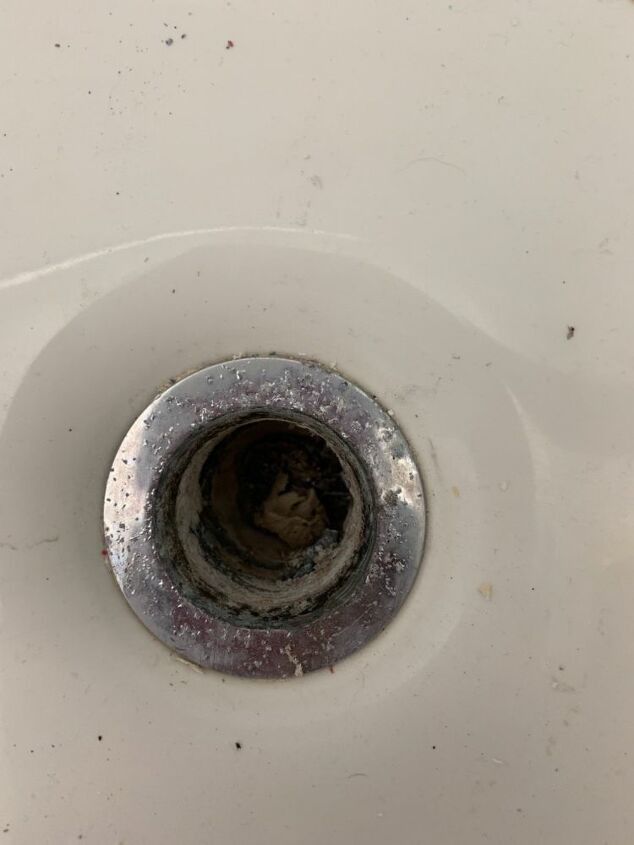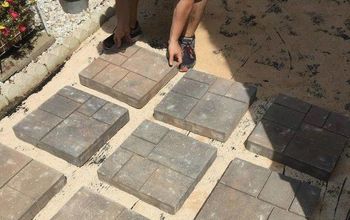How do I fix a creaking tub without replacing it
Related Discussions
How to get rid of mice?
We seem to have some unwelcome Mickeys and Minnies in our house. What is the best way to get rid of them?
How to remove popcorn ceiling with asbestos?
I want to remove my popcorn ceiling, but it has asbestos in it. How do I go about this safely?
How to caulk baseboard gaps?
How do I fill gaps at baseboard, should I caulk? If so, does anyone know how to caulk baseboards?
How to fix squeaky hardwood floors?
How do I fix squeaky hardwood floors?
How do I remove this drain without damaging the tub?
just purchased a home. The bathtub is very dinghy. We are going to refurbish it. We need to remove the drain because it’s rusty. Can you please tell me how I can su... See more
How do you fix/replace a cracked washcloth bar tub surround?
In the built-in soap dish area of most fiberglass tub surrounds, there is a built in clear acrylic washcloth bar. Inevitably, someone will eventually use it as a grab... See more





I would first check the flooring. There may be some water damage that is causing the tub to move, rub, and creak.
I agree with William . Check the subfloor beneath the tub for damages .
I would be concerned about the floor joists.
Creaking is usually the floor or floor joists. Go under your house and look for water stains or wet wood. If its wet, thats bad news but better to fix it before tub falls thru to whatever you have beneath. This happened to my son in a rental house with a hidden leak in the tub pipes.
tub made or ceramic cover cast iron or fiberglass ?
You have discovered one of the primary reasons people generally are not happy with fiberglass showers/tubs in their homes.
Squeeking/rubbing noise is commonly the base moving against the overlapping surround - not too serious a thing, but indicates a loose fit so if any significant amount of water impacts or backs up at the base of the surround walls you could get leakage. Sometimes you also gets squeeks against the floor as the tub flexes, and very commonly agaisnt the original tub if this is an insert - can eventually wear through after many years if a significant noise.
Cracking/popping/breaking sounds indicate the bottom (usually) is inadequately supported, so the bottom is sagging under your weight. Manufacturers and installers say "oh, that is justnormal noise" but actually it is gaenerally progressive breaking down of the fiberglass, and eventually will generally result in visible cracks in the fiberglass, or actual cracking open and leakage.
This is VERY common with fiberglass and resin composite tubs and showers and especially replacement liners, because the manufacturers really skimp on the supporting ribs and framing under them - many are basically just hung from their lips. Solution is commonly to pack in a dry portland cement mix (like for making a shower pan base) under the bottom, use foam-in-place non-expanding foam (though that can dissolve some products), or even blow in masons sand (does not work as well unless well up the sides too as it settles over time) to provide a support for the tub. Some types with adequate cross ribbing underneath you can put in supporting strips of wood. All of these solutions require access under the tub - from the underlying ceiling or crawlspace/basement or whatever. And all risk trapping water in the event of leak, and inhibit future repair access.
Or cross your fingers and hope yours will be one of the ones that is noisy but does not crack - though personally I would not put odds on that one, and of course you are risking at some point having a leak- which can be messy if from a shower, can be a personal disaster if from a filled tub when it breaks, because sometimes a crack opening up is sudden and enough to drain a tub far faster than you can drain or empty it out.